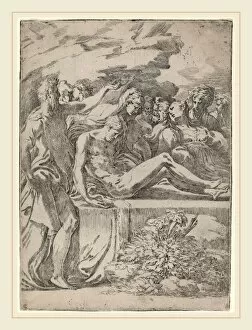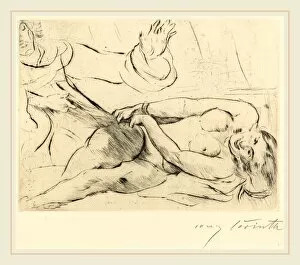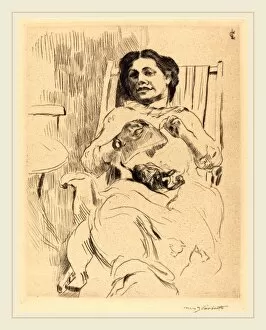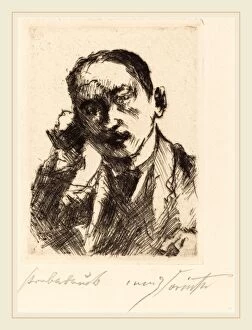Drypoint Collection (#59)
Drypoint is a versatile and captivating printmaking technique that has been used by artists throughout history to create stunning works of art
For sale as Licensed Images
Choose your image, Select your licence and Download the media
Drypoint is a versatile and captivating printmaking technique that has been used by artists throughout history to create stunning works of art. From Edvard Munch's iconic "The Kiss" to ancient maps depicting the travels of the Apostle Paul and the wanderings of the Israelites, it has left its mark on various artistic genres. In Munch's masterpiece, "The Kiss, " we can see how drypoint adds depth and texture to his portrayal of love and passion. The delicate lines etched into the plate bring out every emotion in this intimate moment. Moving away from romantic scenes, it also finds its place in historical engravings like the detailed map of Berlin or ancient Jerusalem. These intricate prints showcase not only geographical accuracy but also highlight the meticulousness required for creating such fine details using this technique. During times of war, artists like James McBey utilized drypoint to capture intense moments like "A Sixty-Five Pounder Opening Fire. " The sharp lines etched onto metal plates perfectly depict the chaos and destruction experienced during World War I. Religious themes are not exempt from being portrayed through drypoint either. In depictions such as "The Last Supper" or Rembrandt van Rijn's "Christ Preaching (La Petite Tombe), " this technique adds an ethereal quality that enhances their spiritual significance. Not limited to traditional subjects, it also captures everyday life with incredible precision. Mary Cassatt's tender piece, "Maternal Caress, " showcases her mastery in capturing human emotions through delicate lines etched onto copper plates. Exploring further into French artistry, Felix Bracquemond's 1862 work demonstrates how even abstract compositions can benefit from drypoint techniques. His unknown piece invites viewers to interpret its meaning while appreciating the artist's skillful use of line and shading. Jean Louis Forain takes us into a different realm with his depiction of a seated nude woman from the back.









































